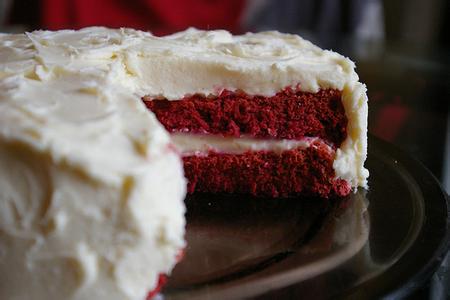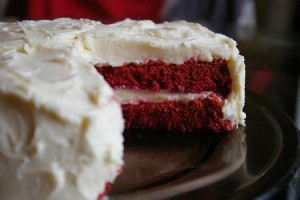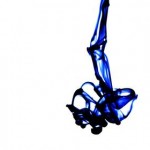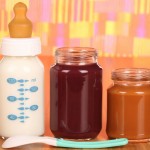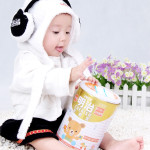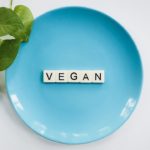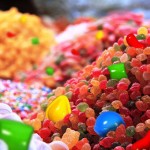Food coloring in China
Food coloring is an important part of food additives and can be divided into two types, natural and synthetic edible pigment. Producers try to use wonderful appearance to stimulate consumers” purchasing desire”, such as colorful beverages and candies, elaborate patterns on cream cakes and reddish yellow shrimp crackers. There is always a question in consumers’ mind in China: What is food coloring made from and is it safe to take in edible pigment?
Natural Edible pigment in Food coloring in China
Natural edible pigment is mainly extracted from a wide variety of plants and plant tissues, and also from animals and microorganisms. For example, in china, the brown pigment can be got from the shell of hazelnut, maize pigment from yellow maize and green tea pigment from low baddish fanning of Hangzhou green tea.
It is mainly appreciate as it is conducive to digestion by increasing the secretion of digestive juices, but nature edible pigment fade or change color easily in the process of preservation and also costs a lot. Thus, many food production enterprises are more likely to use synthetic edible pigment than natural edible pigment.
Perception of edible food coloring among Chinese consumers
Studies have linked some artificial synthetic edible pigment to cancer, children behavioral problems, and other health problems. In 2005, China witnessed a string of food safety scares, especially the sauce with the carcinogenic dye Sudan Red. Since, the safety of food coloring has become the frightening word in Chinese customers’ mind. The incident had cast doubt on the food coloring in China, especially about synthetic edible pigment.
Recently, a survey has been done among consumers to investigate their perceptions of food coloring including nature and synthetic edible pigment. The investigation result shows that 79.06% of respondents are very concerned about the food coloring when choosing food among different products while only 21.38% completely ignore the application of food coloring in CHina. What’s more, when it comes to colored food, 65.5% of respondents feel worried about it and even directly regard it as poison. Even so people who prefer to buy colored food still account for 38.3%.
On the other hand, do customers think it necessary to use food coloring? 29.07% in customer sample holding the view that edible pigment always make food more beautiful and attractive and 36.05% insisting that its disadvantages totally overweight its advantages while the remainders never care about it. A lot of effort might be done by brands and Food sanitary institutions to actively guide the rational perception of consumers about food coloring in China.
In terms of different attitudes of customers towards natural and synthetic edible pigment, natural food coloring is generally considered safer versus one that is synthetic, more explicitly, 68.8% of the responders acknowledge that they will be more attracted by food which contains nature edible pigment instead of synthetic edible pigment.
Strong measure have been set up on Food coloring in China
The National Sanitary Standards of Using Food Additives is very important base in food safety system, in which the range and the dosage of food coloring are strictly limited. For example, tartrazine, amaranth, Ponceau 4R, Sunset Yellow and Brilliant Blue are permitted to be used as common synthetic edible pigment while the allowed maximum concentration of tartrazine is 0.1g/kg and that of Ponceau 4R is 0.05g/kg. In addition, it is forbidden to use any kind of artificial synthetic pigment in infant or baby food.
Under current law, all packaged foods must show all the food additives in detail. In this way, consumer’s awareness of self-protection can be improved greatly and the capacity of identification can also be strengthened.
Liu Ning
To see more about it: Bloomberg / China business news / China daily / Consulting China / branding China


